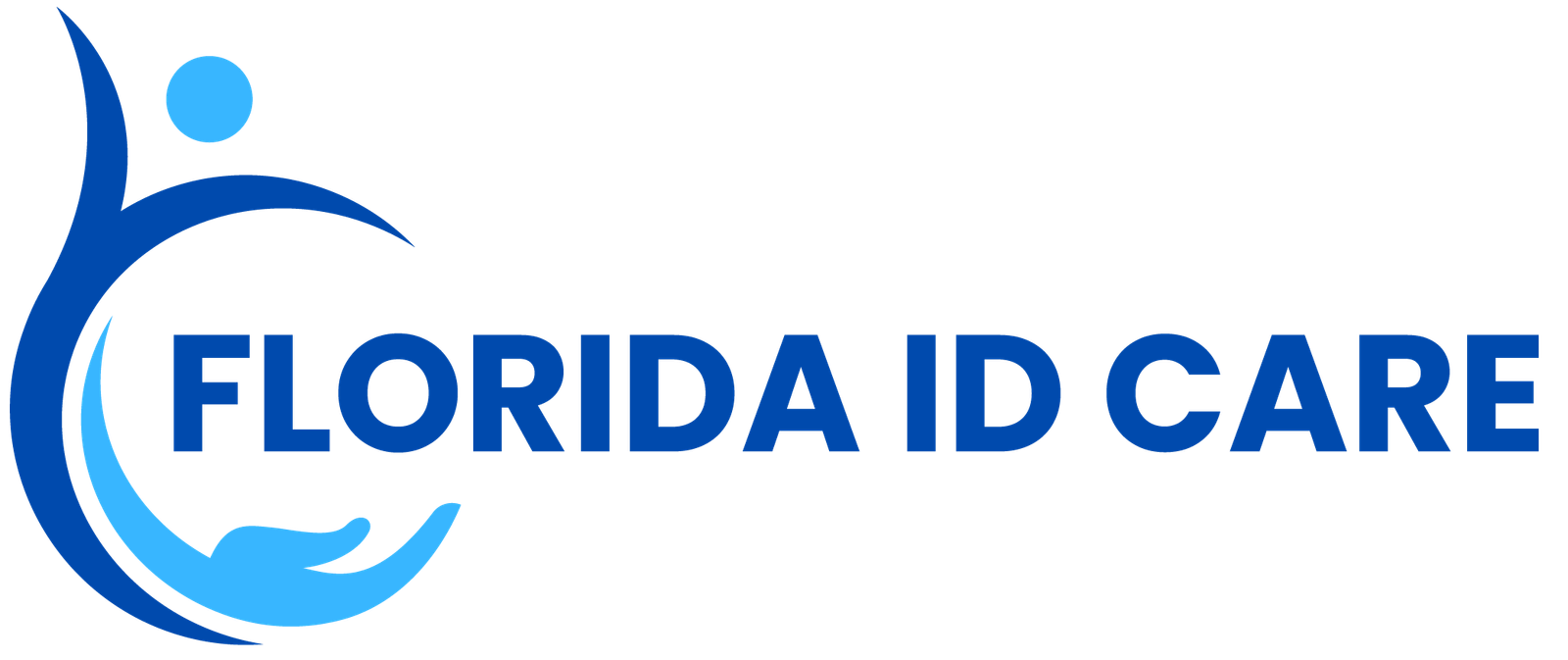Preventing HIV is a crucial part of maintaining sexual health and protecting yourself and your partners. Two of the most effective medical tools available today are PrEP and PEP. While they may sound similar, they serve very different purposes and are used in different situations. Understanding the difference between PrEP and PEP can help you make informed decisions about your health and know which option might be right for you.
At Florida ID Care, our infectious disease specialists provide both PrEP and PEP as part of our commitment to HIV prevention, education, and compassionate patient care.
What Is PrEP?
PrEP stands for Pre-Exposure Prophylaxis. It is a preventive medication for people who do not have HIV but are at higher risk of being exposed to the virus. PrEP works by maintaining a consistent level of HIV-blocking medication in the bloodstream, making it difficult for the virus to establish an infection if exposure occurs.
When taken as prescribed—typically once daily—PrEP can reduce the risk of getting HIV from sexual activity by about 99% and from injection drug use by at least 74%. PrEP is an ongoing preventive measure, not a one-time emergency treatment.
Who Should Consider PrEP?
PrEP may be recommended for:
-
Individuals with a sexual partner who is HIV-positive
-
People with multiple sexual partners without consistent condom use
-
Those who inject drugs and share needles or equipment
-
Anyone in a high HIV prevalence community or network
At Florida ID Care, we conduct a thorough health evaluation to determine whether PrEP is appropriate, ensuring it fits your lifestyle and medical needs.
How to Start PrEP
Starting PrEP involves:
-
Initial Screening: An HIV test confirms that you are HIV-negative.
-
Medical Evaluation: Blood tests and a review of kidney health.
-
Prescription and Education: Guidance on proper daily use and follow-up care.
Patients taking PrEP should have regular follow-up visits every three months to monitor for side effects, ensure effectiveness, and perform repeat HIV testing.
What Is PEP?
PEP stands for Post-Exposure Prophylaxis. It is a short-term emergency medication regimen used after a potential exposure to HIV. PEP must be started as soon as possible—within 72 hours of exposure—and is taken for 28 consecutive days.
PEP is not for routine prevention; it’s an urgent measure for situations such as:
-
Unprotected sex with a partner of unknown HIV status
-
Needle stick injuries in healthcare settings
-
Sharing injection equipment
-
Sexual assault incidents where exposure may have occurred
How PEP Works
PEP uses a combination of antiretroviral medications to stop HIV from multiplying in your body before it can establish a permanent infection. The sooner PEP is started, the more effective it is, which is why immediate medical attention is critical.
Steps to Get PEP
-
Seek Care Immediately: Visit an urgent care clinic, ER, or infectious disease specialist within 72 hours.
-
Initial Testing: An HIV test confirms your baseline status.
-
Prescription: A 28-day course of HIV treatment medication is prescribed.
-
Follow-Up Testing: Repeat HIV tests after completing the regimen to confirm effectiveness.
Key Differences Between PrEP and PEP
| Feature | PrEP | PEP |
|---|---|---|
| Purpose | Prevent HIV before exposure | Prevent HIV after exposure |
| Timing | Ongoing daily medication | Start within 72 hours of exposure |
| Duration | Long-term, continuous use | 28-day treatment |
| Effectiveness | Up to 99% when taken daily | Highly effective when started quickly |
| Follow-Up | Every 3 months | Follow-up testing after treatment |
Why Timing Matters
The most important difference between PrEP and PEP is timing. PrEP is proactive, creating a protective barrier before any potential exposure, while PEP is reactive, designed to stop the virus after a specific incident. Delays in starting PEP significantly reduce its ability to prevent infection, making immediate care essential.
Combining Strategies for Protection
Some people at high ongoing risk of HIV might use both approaches over time—starting with PEP after a known exposure, then transitioning to PrEP for long-term prevention. Your healthcare provider can guide you on the best strategy for your unique situation.
Side Effects and Safety
Both PrEP and PEP are generally well tolerated. Common side effects may include nausea, fatigue, or mild headaches, which usually resolve on their own. Regular monitoring ensures that these medications are safe for your kidneys and overall health.
How Florida ID Care Can Help
At Florida ID Care, we provide judgment-free, confidential, and personalized care for patients seeking HIV prevention. Our team offers:
-
Fast access to PEP for urgent cases
-
Comprehensive PrEP consultations and follow-ups
-
Education on safer sex practices and harm reduction
-
On-site lab testing and medication management
Our clinic in Fort Myers is committed to making prevention accessible and straightforward for every patient.
Local Access and Urgent Care
If you believe you have been exposed to HIV, do not wait. PEP must be started quickly. Find us easily at our Fort Myers location on Google Maps or call us right away.
Final Thoughts
Understanding the difference between PrEP and PEP can save lives. PrEP is for ongoing prevention in high-risk individuals, while PEP is an emergency intervention after a known or possible exposure. Both are powerful tools in the fight against HIV, but knowing which one to use—and when—is key.
At Florida ID Care, we are here to guide you through your prevention options, answer your questions, and provide the care you need to stay healthy. Whether you’re considering PrEP or need immediate access to PEP, our specialists can help you take the right steps for your health and safety.

